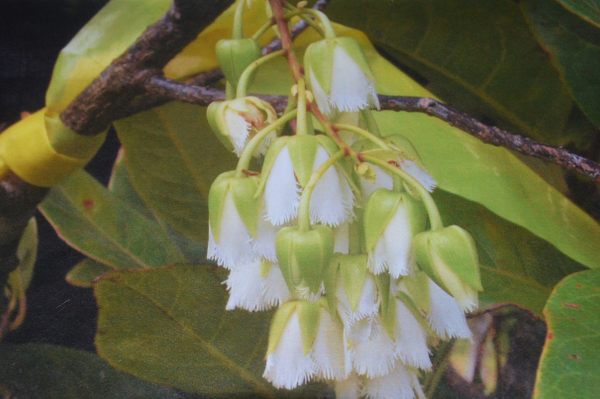About
In the 1980s, a curious tree native to Mexico was declared endangered. It was discovered that a specimen was kept alive in the city of Toluca and the city council declared it an emblem of the city.
It is called Árbol de Manitas ("tree of the little hands") for its unusual flowers, which resemble small hands. In 1803, explorers Alexander Von Humboldt and Aimé Bonpland traveled to Mexico, where they first came across this curious tree. Bonpland classified it as the world's first tree of the Sterculiaceae type (tropical softwood trees with hermaphrodite flowers).
The story says that when the Baron de Humboldt described what was seen in New Spain (Mexico), he named the tree as one of the three wonders of the region. They also say that it was exactly the Toluca tree that both academics studied. It is believed that the Nahuas knew it as ezmaitl, which means "bleeding hand."
When their flowers fall, in different parts of Mexico they are used to make tea (which they assure improves circulation) and their leaves to wrap tamales.
The tree was declared in danger of extinction for some time, but it has been discovered that it has managed to reproduce in various parts of the country, with the help of pollinating bats. However, the emblematic specimen found in Toluca has slowly dried up.
Related Tags
NEW - Yucatan: Astronomy, Pyramids & Mayan Legends
Mayan legends, ancient craters, lost cities, and stunning constellations.
Book NowCommunity Contributors
Added By
Published
January 5, 2022




























